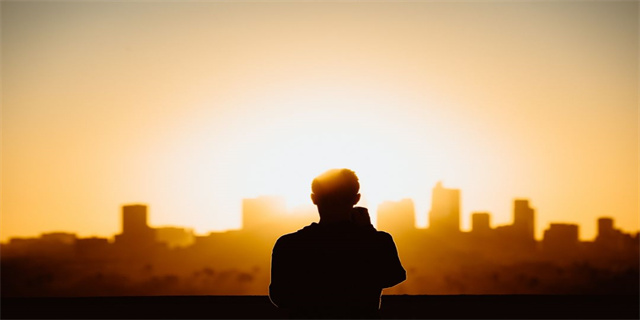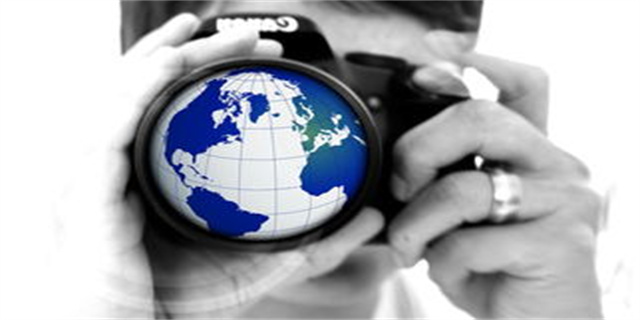Revolutionizing Creativity: Exploring the Potential of AI Art
The Rise of AI Art
With the advent of Artificial Intelligence (AI), the field of technology has advanced by leaps and bounds. One of the most fascinating domains in which AI has made a significant impact is that of art. AI-driven art, also known as computational art or generative art, has gained immense popularity over the last few years. It refers to the generation of art forms, including images, music, and even literature, using algorithms and machine learning models. Although it is still in its nascent stages, AI art has come a long way since its inception, and its potential for revolutionizing the creative industry is undeniable.

The Pros and Cons of AI Art
While AI art has garnered immense appreciation from the art community, it has also raised several debates and controversies. On the one hand, AI-generated artworks offer a novel and innovative perspective on art, and some consider it the future of creativity. On the other hand, critics have argued that AI art lacks the emotional depth and human touch that traditional art possesses, and it is mere replication of pre-existing art styles without any originality or authenticity. Despite the criticisms, AI art has proven to be an exciting and promising domain, tempting artists to explore the new horizons it offers.

The Future of AI Art: Opportunities and Challenges
As AI art evolves, it is bound to transform the much-celebrated creative industry in unprecedented ways. It can empower artists to push the boundaries of their creativity by providing them with access to endless possibilities for experimentation and innovation. AI-based tools can assist artists in various art forms, including painting, graphic designing, and even animation. Moreover, it can democratize the art world by making art more accessible and affordable to people who may not have had access to it previously. However, it is essential to consider the ethical implications of AI art, such as the ownership and attribution of the art created by machines. The future of AI art is both exciting and challenging, and how we navigate it will shape the future of the creative industry.
In conclusion, AI art has showcased tremendous potential for revolutionizing the creative industry, and it is bound to shape the future of art and technology. While it is still a nascent field, it has come a long way since its inception and continues to evolve, leaving much to be explored and discovered. AI art is neither a replacement for traditional art nor a mere imitation of it but rather a new domain that coexists, offering endless possibilities to both creators and art enthusiasts. As such, there is a need for the art world to embrace AI art and utilize it to open up new avenues for creativity and innovation.












